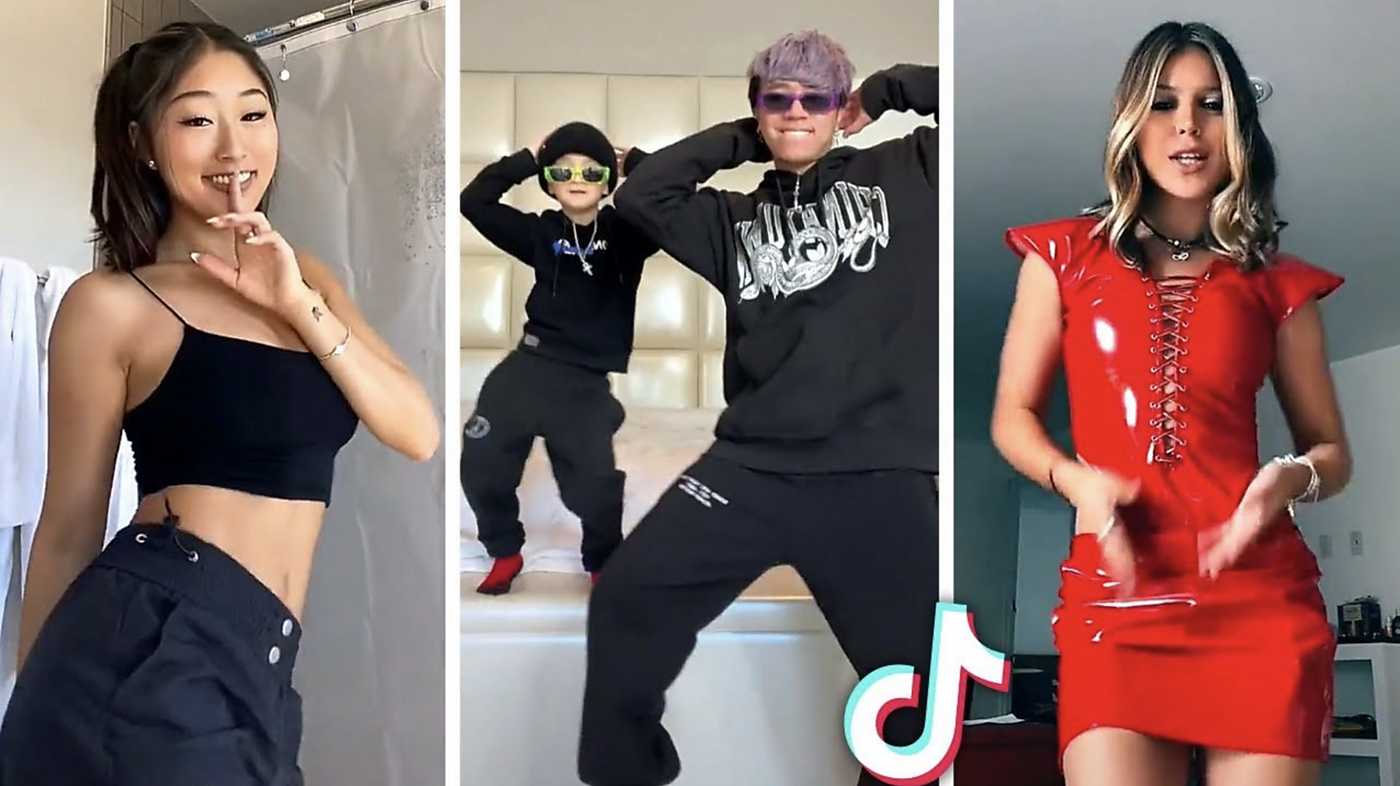A TikTok ban would shut down a platform used by 150 million Americans. It would be the single, largest impairment of free speech in the history of the United States. By some estimates, half of all TikTok users have uploaded a video to the platform, meaning that a congressional ban would, in one fell swoop, remove speech uttered by ~75 million Americans.
This is precisely why those advocating for a forced sale or ban of TikTok because of its ownership by the Chinese company Bytedance have a habit of belittling the content on the platform. Critics will use a photo of teenagers doing the latest viral TikTok dance, and then juxtapose that with the potential threat of Chinese governmental censorship and surveillance. Framed this way, giving up a platform dedicated to “cute dance videos” (as Noah Smith puts it) or “viral dance trends and deranged bearded women” (per Mike Solana) is no big loss, leaving only dedicated civil libertarians standing on principle in the anti-ban corner. (Hi there!)
However, that framing is a utilitarian rhetorical choice. Banning a social media app introduces serious First Amendment concerns, which can be ameliorated in the minds of policymakers if the speech involved is immature, silly, or otherwise unserious. Propose banning a newspaper, and people will begin shouting about censorship and the Fourth Estate. Propose banning silly dances on TikTok, and people will shrug.
But what those making this argument do not realize is that they are telling on themselves. Defining TikTok as merely a platform for twee content immediately signals to TikTok users that the person saying it doesn’t know what they’re talking about.
That’s because equating TikTok with silly dances reveals that you’ve never substantially used the platform before. It’s true that when you first create a TikTok account, you will see lots of dancing. That’s because dancing is a lowest common denominator activity that crosses linguistic and cultural barriers; you can find viral dance videos from the Caucasus as readily as from California. And it’s a popular activity among the 18–24 year olds who are the median users of the app.
But as soon as you start using the app, the algorithm moves eerily fast to identify the videos you actually want to see. Unless you spend time watching and putting likes on dance videos, your For You Page (FYP) will be devoid of them in short order. Just about the only dancing videos that I see these days are parody accounts and, of course, endless variations on the man, the myth, and the clogging legend. Surveil that, China!
So when someone says, “TikTok is just cute, little dances,” they’ve signaled that they are experiencing vanilla TikTok and likely don’t even have their own account. The alternative is that they do have an account and don’t realize that the algorithm has surfaced their revealed preferences. It’s a recurrent joke among TikTokers that critics—from youth pastors to congresspeople—out themselves as fans of, shall we say, questionable content for people of their status and station.
But ask any person with real experience on TikTok and they can tell you the multitude of ways that they use TikTok both for entertainment and for edification. A quarter of young TikTok users now list the platform as a major source of news and information. Many use it as a substitute for traditional search engines.
I’ve written in the past about TikTok as a key platform for the “new news media,” as I call it (along with Substack). For example, when local coverage from legacy news outlets failed to do more than regurgitate corporate and government talking points for days in the aftermath of the Ohio train derailment, it was TikTok creators with local knowledge and expertise who stepped up and filled the void.
Look, I’m a TikTok creator myself, where I make videos focusing on history and policy. Some of those videos have millions of views. And while you’re certainly free to disparage the quality of the end product, my videos—like the one explaining Norway’s judicious use of oil revenue to 2.5 million viewers—are hardly twee. And I’ve yet to do a single dance.
This matters because shutting down TikTok—either by crippling it via a forced sale or through a formal ban—would destroy a valuable speech venue. TikTokers are discussing politics, economics, religion, and, yes, dances. And that’s only defensible, albeit in pragmatic terms, if the content can be reduced to mere fluff. It puts a few, feathery dance videos on one side of the scale-up against the looming—albeit theoretical—threat of communist surveillance.
Indeed, the most applicable precedents might be from the era of the Second Red Scare, when Congress took truly unprecedented—and unconstitutional—action to ban political parties, censor communist publications, and conduct mass, unwarranted surveillance of ostensible subversives. Yes, the courts and congress would eventually overturn many of the worst products of this anti-communist paranoia like the McCarran Internal Security Act and the FBI’s COINTELPRO. But a TikTok ban would exponentially exceed even the most extreme of those measures in terms of both scope and impact. No American communist publication of the 1950s could claim even 75,000 paying subscribers, let alone 75 million authors.
A TikTok ban would be the free speech battle of a generation. And before Congress acts, it should seriously consider the potential impacts on the speech of half of America. Rather than grandstanding for soundbites, they should invite actual TikTok creators to testify about what the platform means to them, their livelihoods, and their communities.
Crossposted from author’s newsletter. Click through and subscribe for more thoughts on the intersection of media, policy, and history.

